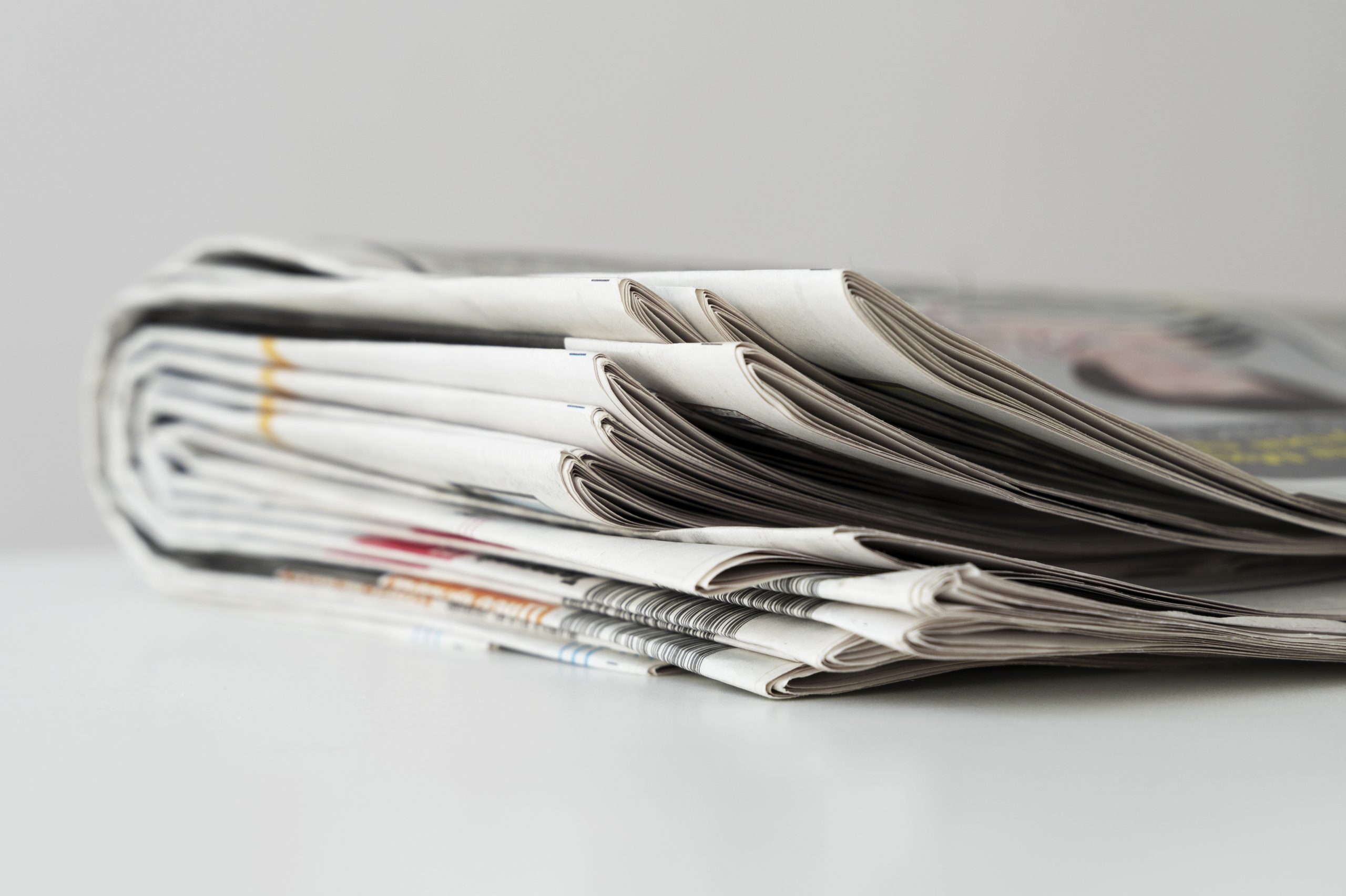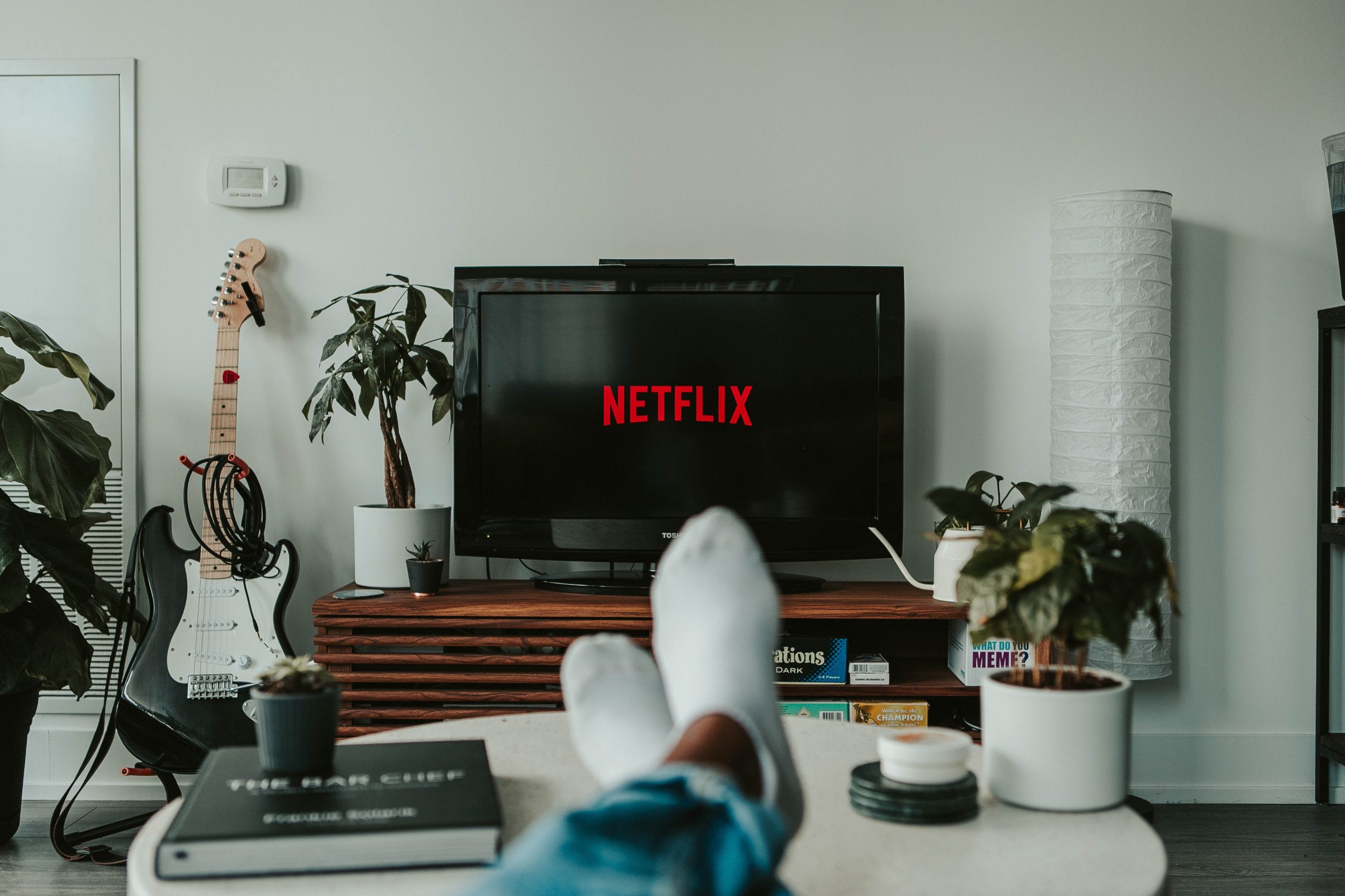One of the most painful issues dividing labor and management in the strike at Boeing is the loss of the traditional pension plan for union members in 2014.
The dispute has echoes of past labor disputes at Boeing, and at other companies, where workers have lost what used to be a key part of their retirement security. Employers have made, and won, demands to shift the risks associated with their workers’ retirements from their own bottom lines, to the retirees themselves.
Now unions are pushing back, demanding the return of traditional pension plans their members lost in past concession deals. That’s one of the reasons 33,000 members of the International Association of Machinists went on strike Friday after 95% voted against the tentative labor deal that would have increased the money Boeing paid into their 401(k) but would not have restored the traditional pension plan they lost 10 years ago. Restoring pension plans was an initially stated goal of the IAM, but they were not in the deal reached and rejected last week.
Jon Holden, the president of the largest union local at Boeing, said right after the vote to go on strike Thursday night that it wasn’t any one issue, but that “I know that many members haven’t healed from that wound” of losing the pension plans.
But the fact is that the traditional pension plans, once a staple of the retirement of many workers, have become exceedingly rare in the modern American workplace. And once a company drops traditional pensions plans to shift employees to a 401(k) type of retirement account, they are almost always gone for good.
While other unions have also sought to have lost pension plans restored, as the United Auto Workers union did during its successful strike at General Motors, Ford and Stellantis last fall, no American union has ever succeeded in bringing them back. Even though the auto strike produced a deal with record pay raises and other gains for the UAW, it did not restore pension plans to workers hired since 2007.
Employers frequently argue that employees and retirees can be better off with a 401(k) type of retirement plan, especially if their investments do well. During the UAW strike at the three unionized American automakers last fall, Ford CFO John Lawler called the traditional pension plans being sought by the union “a plan of the past.”
Pension plans vs 401(k)’s
The types of retirement plan available for American workers basically fall into two categories. First, a traditional pension plan that pays retirees, or their survivors, a fixed amount of money every month until they die, known as a defined benefit plan. The other is an individual retirement account, such as a 401(k) plan, in which the employer makes contributions, typically matching a portion of a worker’s own pre-tax contributions to the accounts. Those are known as defined contribution plans. In that case, retirees can decide about the amount withdrawn from the account, as frequently as they want — at least until they run out of assets.
Story continues
Defined benefit plans are only available to about 8% of workers at US businesses today, according to data from the Employee Benefit Research Institute, down from 39% in 1980. The decline has greatly mirrored the decline in union membership at businesses, from about 17% in 1983 to 6% in 2023.
Meanwhile, individual retirement accounts such as 401(k) plans have risen from only 19% of business employees to 50% today. In fact almost all private sector workers covered under traditional pension plans also have access to some kind of defined contribution plan as well. Far less than 1% have only a traditional pension plan.
One of the few remaining sectors of the economy where pensions dominate is government work. Traditional pension plans are still available for about 80% of public sector workers who work at some level of government, said Craig Copeland, director of wealth benefits research at EBRI. But even in those cases, the pension benefits aren’t as good as they used to be, he said.

Rank-and-file union membership at Boeing only narrowly approved new contract terms in 2014 that took away pensions for anyone hired after the contract ratification and froze benefits that members had already accrued in the plan.
They did so because Boeing had threatened to build its next jet, the 777X, at an out-of-state nonunion plant it said it was considering, if the deal was not passed. The members voted 2-to-1 to reject a similar offer the previous fall, then approved the offer in a second vote by with only 51% voting in favor.
Boeing soon moved to end traditional pensions for its nonunion workers as well.
The loss of that pension plan 10 years ago is a major reason rank-and-file members at Boeing nearly unamimously rejected the tentative agreement put on the table this time, even with the company offer increasing its contributions to the 401(k) plans by up to $10,800 a year.
“The company absolutely needs to address the issue of retirement security. The offer on the table didn’t go anywhere near what our members expect and demand,” said Brian Bryant, the international president of the IAM, in an interview Wednesday with CNN.
Bryant stopped short of saying that only a return of the traditional defined benefit pension plan would satisfy members though, although he added, “They’re definitely going to have to show something of the same value to workers as the defined benefit plans.”
Why traditional pensions are now so rare
Employers prefer 401(k) types of retirement plans, rather than the traditional pensions because it shifts the risks from the company to the workers. Under those pension plans the company agrees to make contributions into the plans, and those contributions are used to buy assets such as stocks and bonds. The contributions and the return on those assets are used to pay the benefits that are promised to the retirees. If returns are good, a company might not need to make additional contributions. But if plan assets lose value, the employer needs to come up with the additional contribution to pay the promised pension benefit.
But in plans such as a 401(k), those contributions, and the pay-outs, and the risk of the market, are entirely on the individual. If the value of retirement savings and investments in a 401(k) fall in value, the worker is the one who loses out, even if they’ve made steady contributions throughout their working life. Also, a retiree can outlive their assets in a defined contribution retirement account, whereas under a defined benefit plan, the plan has an obligation to pay only as long as the recipient, or a survivor in some cases, keeps living.
One other advantage of traditional pension plans in the private sector is that if the employer goes bankrupt and the plan doesn’t have the assets to pay benefits, the benefits are guaranteed by the Pension Benefit Guaranty Corp. The PBGC is a premium-supported agency similar to the Federal Deposit Insurance Corp., which backs bank deposits for customers.
The one example of a company that reopened a closed pension plan was IBM last year, but that wasn’t part of a labor negotiation. Instead, it was the result of a growth of assets in the pension plan that still existed for those hired before the plan closed to new participants in 2005 and had its benefits “frozen” for existing participants in 2008.
“With the market going up, it became greatly overfunded,” said Copeland. “If you take the assets of a defined benefit plant, it’s almost taxed at almost a 100% rate. So, you have to somehow use it within the plan. One way they could do it is by reopening the plan.”
But that move wasn’t part of a labor negotiations. Instead, it was a unilateral move by IBM.
“IBM is continually making improvements to how we support employee financial wellbeing,” said IBM in a statement when asked about the move.
But the deck is stacked against that kind of reopening of a pension plan at Boeing, even with “pension or bust” signs on the current picket lines. So even if the loss of the pension plan is one of the reasons for 33,000 union members being on strike, history says they’ll likely return to work without getting that demand satisfied.
For more CNN news and newsletters create an account at CNN.com




















